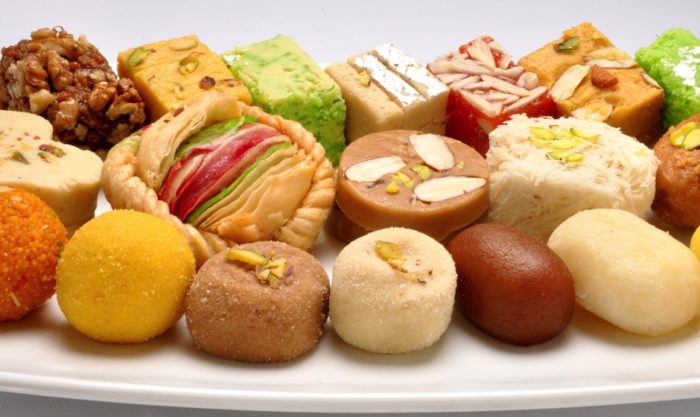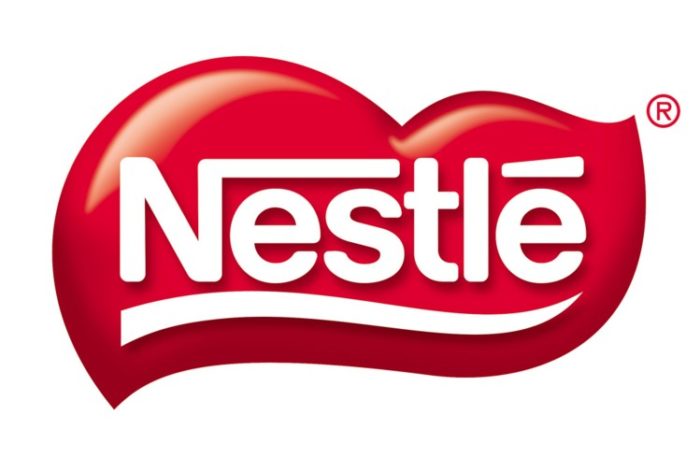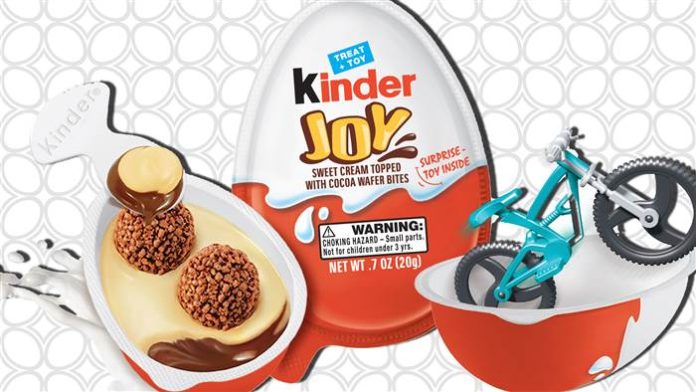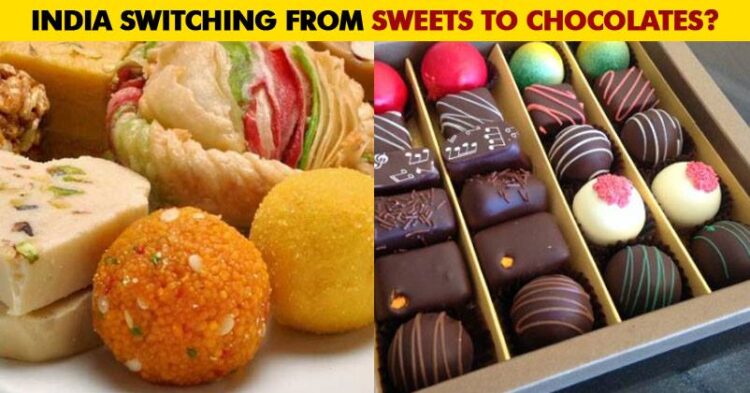The chocolate industry is really spreading its wings in the Indian markets. Growing at a steady 20% every year, apart from the market leaders in chocolates like Cadbury, other brands like Italy’s Ferrero Spa and Mars International India have also met with huge success and getting an upward growth chart year on year.
The Big Switch

India has always been perceived as a Mithai country, but in the past 5 years, the big switch has finally happened. Fancy chocolate hampers on Diwali have replaced the Mithai Dabbas, and the younger generation is definitely even more sold on the idea of gifting chocolates to amongst their friends and peer groups, than the usual mithai.
And it’s not just affluent Indians who are craving for chocolates, although they still comprise nearly 80% of country’s chocolate sales, according to Technopak, a retail consultancy. Lured by smaller, more affordable offerings, the rural hinterland and tier 2 and 3 cities—still dominated by traditional Indian sweets—are developing the taste for chocolates and heading fast towards the switch. Brands like Cadbury, offering products for as low as Rs5/- for their smaller packs of chocolates have helped greatly in making this switch.
The Cadbury Story

The chocolate giant was one of the first ones to recognize this as an opportunity to break the clutter. Trying to emotionally create a connection with their audience, they came back with a campaign of ‘Kuch Meetha Ho Jaye’ a few years ago. The aim of this campaign was clearly changing the misconception that chocolates are meant only for special occasions, they brought chocolates as part of daily life. To satiate the usual after meal cravings of a sweet tooth, they placed chocolate is an option. Even for auspicious occasions, chocolate was brought under consideration with their ads always focusing on relationships built around it. For the Indian market, Cadbury was the game changer and since then there was been no looking back.
“Previously chocolates were predominantly seen as a confectionary product for children, which also limited their consumption. However, market leader Cadbury’s (Mondelez) has focussed on growing chocolate consumption by adults, for gifting as well as a celebratory consumption instead of traditional sweets,” said Devangshu Dutta, chief executive of Third Eyesight, a retail consultancy.
Other brands

Cadbury rules the Indian market and we have seen some of the other brands failing miserably in the past. Amul and Nestle were not able to leave any mark with their range of chocolates, where Amul has now been completely off the shelf, Nestle KitKat and Munch, found some customers and hence the brand has been in the market trying to solidify its position. But again as the preferences for chocolate is on increase, a lot of international brands have now not only found audience and acceptance in India but are also experiencing fabulous growths.
The Numbers Game

Italy’s Ferrero Spa—makers of the popular Kinder Joy chocolates, Nutella chocolate spread, Ferrero Rocher chocolates and Tic Tac mints—has seen its the company’s sales in India rising 76% to Rs1,014 crore ($160 million) and it posted its first-ever profit of Rs12 lakh ($18,931).
In March this year, Mars International India, a subsidiary of the American Mars Inc, announced that it will invest Rs1,005 crore ($159 million) in a new factory in Pune in Maharashtra. The plant will make brands like Snickers and Galaxy.
“The chocolate industry in India is growing at nearly 20% every year,” MV Natarajan, general manager, Mars International India, said in a statement, “and we see this as a huge opportunity to expand our chocolate portfolio in the country in the coming years.”
Even factors such as increasing prices of cocoa and lack of supply-chain infrastructure in India have not exactly dampened the enthusiasm of chocolate makers.
While in comparison, to the world market, India’s chocolate market is not as big, but that also means that there is a plenty of room for growth and this is the reason we see more and more international brands making India part of their expansion plans.
















